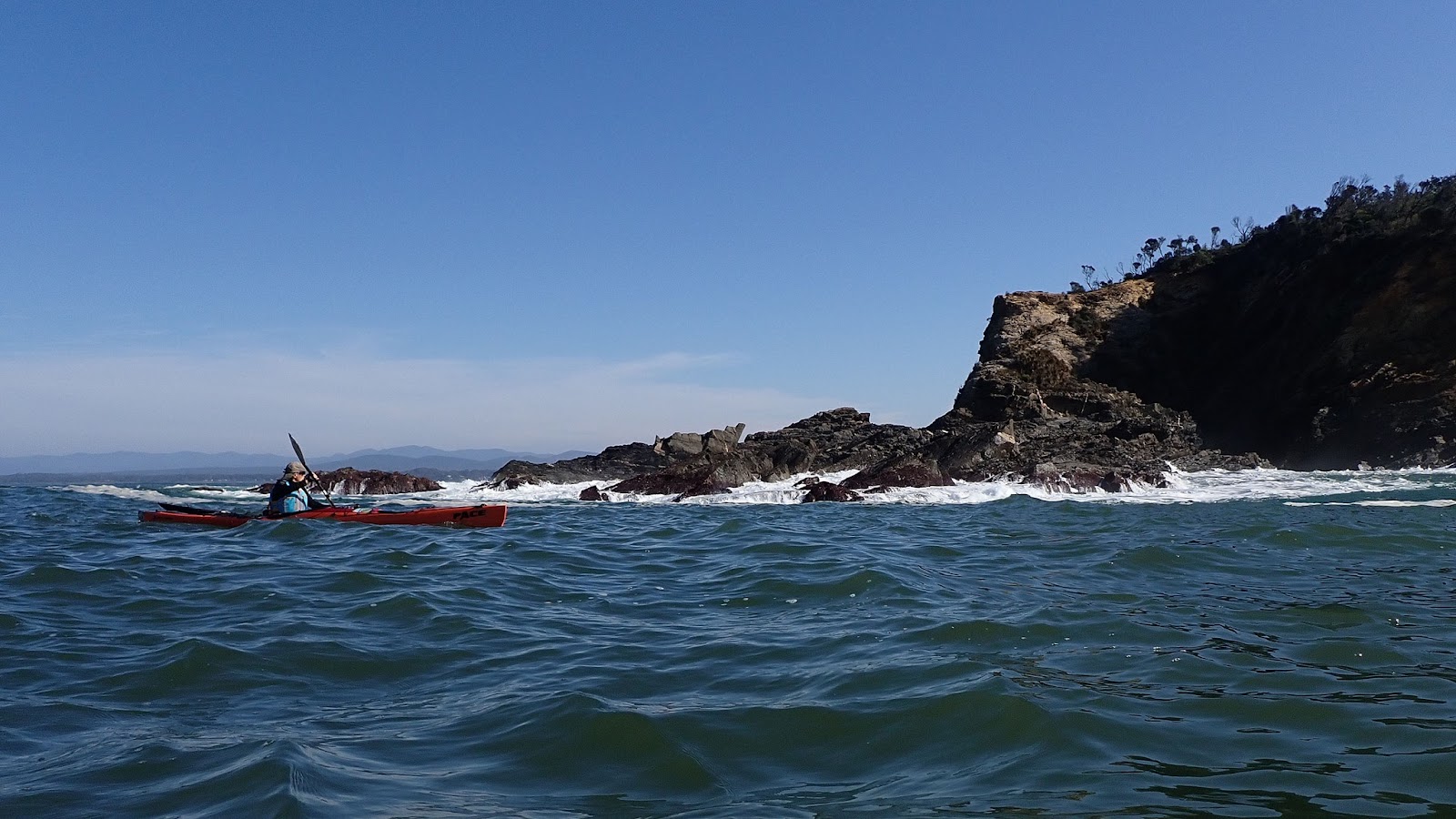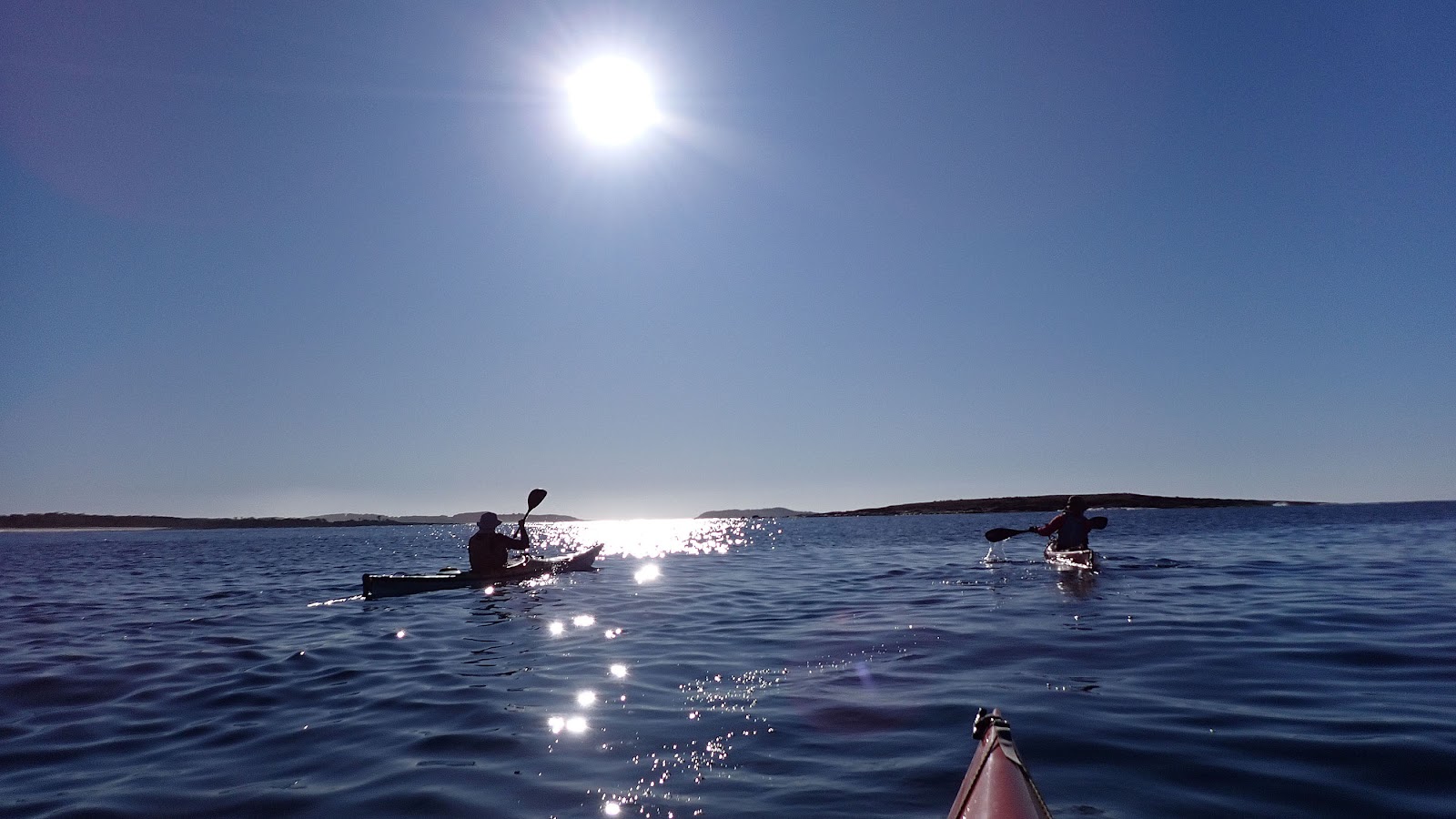In
the fitness and recreation context I have seen plenty of people
choose to participate in an endurance sport and then search high and
low for a way to do less of the activity while still trying to
achieve the stated goal. Mark Twight from the essay
Cheaters.
This is the reality on every mountain bike park in Australia: the
overwhelming majority of riders are on electric bikes, even young
people who should be at the acme of their fitness. It’s worth
reading through Twight’s entire essay to understand why this is not
the win that everyone thinks it is. Every time you take the easy
route, you give up a little more of your own ability to do the hard
thing. And hard things will come, no matter how young, old, rich or
poor you are. By learning to enjoy the hard thing, you not only push
the boundary of what you can do right now, but you future proof
yourself against growing old as a weakling. Weaklings fall over and
break hips, end up in care homes and spend their last years watching
their capacity shrink away. It’s no way to live and it is
certainly no way to approach death.
Sometimes I crash
I’ve given up thinking that myself, or Twight, or anyone else
who rails against this will ever swing around the majority of the
populace. The shackles are simply too comfortable in the present
time and visualising the future if you continue to remain shackled in
comfort too hard to imagine accurately. Everyone thinks they will be
the one who escapes death, taxes, and sarcopenia but no-one does,
most particularly no-one on an electric bicycle.
I can crash just about anywhere
My brain thinks up challenges. Most of them are meaningless to
anyone but me and are non-randomly attached to round number digits.
In winter, for example, which is my off-season for sea kayaking, I
always try to paddle at least 20 kilometres in one go once per week.
This is not hard. If I remain modestly fit, 20 kilometres takes 3 or
3.5 hours, not a big effort, and means I can have breakfast before I
leave, and lunch when I get home. It’s a minimal effort meant to
keep me minimally paddle fit over the winter months.
The Sunday 20 km
When I first hit 700 metres gain on the mountain bike on our local
(and new) mountain bike trails, I thought, in my non-random way,
adding up 1000 metres in day of elevation gain would be a good goal
to shoot for. Quite a few times, I hit the mid-700’s or even 800
metres over the course of six months or so but usually found that my
legs were disturbingly shaky on the last uphill ride to home. I’ll
train, I thought, and, I did, a bit, but not with any detailed plan
or definite intensity or schedule. I did, however, stop running, and
tried to ride the trails a bit more often, and, went back to Crossfit workouts (for no real reason other than I like the variety of
Crossfit training). Abstractly and with no concrete metrics being
measured, I thought I was getting stronger.
Crossfit workouts at backcountry campsites
On Saturday, I was out riding around and eventually, after a few
ups and downs – our trails are mostly up and down – I found
myself descending The Mogo at Mogo and having coffee at a cafe in the
sun in the tourist village of Mogo. This is a nice little leg break
even if it means riding The Mogo at least three times. The first
time you see The Mogo (the name for the heavily switchbacked track
out of Mogo) you think “wow, what a cool trail feature!” After
riding it a few times, you think “this is a slow and somewhat
annoying way to gain 30 to 40 metres of elevation gain!”

Out of Mogo, I did an extra lap because I’d never ridden the new
blue uptrack (Grandstand) which runs uphill to Mitchell’s and the
new jump lines (way too hard for me); nor had I ridden the new blue
skills run (Flipping Pancakes). The up-track, ironically enough
given all the young riders were too lazy to ride up and were
shuttling the 80 metre ascent Grandstand is probably one of the
easiest up-tracks in the system (possibly the easiest). Yes, a
paltry 80 metres. If ever there was an argument for bringing back
shame, it is the ubiquity of electric bicycles.
Mogo logo
By the time I had gone up and down the required number of times to
get back to Mogo trig my watch was reading 843 metres of gain. Only
170 metres more and I would hit my 1000 metre goal! My legs felt
pretty good so I took a blue line down to Jackhammer and rode up
that. Jackhammer is an up-track, but has some downs, and I thought
if I was lucky, I would manage all the rest of the elevation gain on
one loop, but, I got down to the Curtis Road trail-head around 60
metres shy of the goal. So, I did what any self-respecting rider
should do and I rode back up until my watch had ticked over 1000
metres and then blasted back down to the trail head and home. My
final tally 1050 metres of gain and 45 kilometres of riding.
Al Capones Garden
It felt really good to tick off that goal, not least because I
don’ t have to do that particular goal again. A not unfamiliar
state of affairs to most goal oriented individuals. The truth is, we
enjoy the journey at least as much, if not more, as actually
attaining the goal. No doubt, I’ll find another goal, but it will
likely be a goal that emphasises technical difficulty not merely
elevation gain. I am more intrigued by those kind of goals than
simply going further for longer. In the early days of ultra-running
when ultra-running was not really a thing, I had a friend who would
cobble together his own endurance events which generally involved
bashing up and down scree slopes to various mountain peaks. There
was little to no technical difficulty and I never understood the
appeal. A classic arete like the NW Ridge of Sir Donald offers
superb but easy climbing in a scenic position or you could scree bash
up half a dozen peaks in Kananaskis Country, I know which I would
choose.

The NW arete on Sir Donald
The next day, Sunday, I did my 20 kilometre paddle (21.5
kilometres) at an easy pace but no other training as we were climbing
the next day and I had big goals. You can prepare but you cannot
always win, and I had no idea I was as fatigued as I was until I
started climbing and, on the first route of the day, I got the
dreaded flash pump. The forearm pump quickly spread and I fell off many times
on routes I can normally climb. It was horridly frustrating and,
obviously, I didn’t meet any of my goals. I simply could not get
my tired body to perform.
Doug showing good body tension
Consistency and conscientiousness are important in both sport and
life. If you say you are going to do something, you should, and the
only way to really improve at anything is to persevere even if you
don’t feel like it. I am pretty good at that. If my training plan
says paddle 20 km and it’s cold, wet and windy, I’ll find a way
to get it done. The hardest step, most frequently, is just walking
out the door, particularly on days when you feel a bit tired or the
weather is a bit rubbish. I’m used to doing that. What I am not
used to doing is recognising when I’m too fatigued to benefit and
dialling the program back or, most horrific of all, having a rest
day. It’s a reminder and a lesson that your greatest strength is at the same time, your greatest weakness.



































